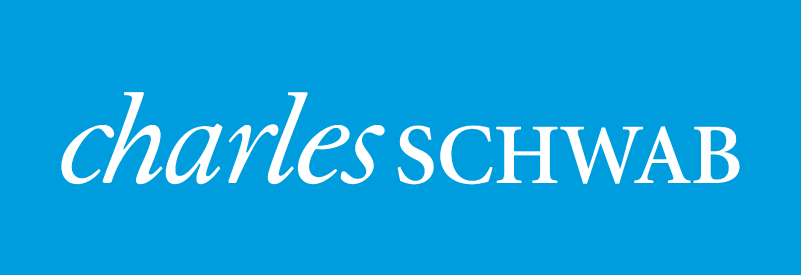For the month of December, 2021
The bull market marched on in December 2021, marking multiple new record highs on its way to a 4.48% return for the month, an 11% return for the quarter, and a whopping 28.71% return for 2021. The S&P 500 sits deeply in triple digit territory (+117%) since the Covid recovery rally began in March 2020 and has been far and away the top performing major equity index and market globally. Small caps, depending on your index, were up nicely in December as well with the R2000 +2.2% while the S&P 600 closed up 4.53% (slightly edging out the S&P 500). Developed international equity markets slightly outperformed their U.S. counterpart, closing up 5.1% in December while emerging markets managed only 1.9% gains thanks primarily to lagging returns from China (-3.2%) and Russia (-2.3%). U.S. interest rates edged slightly higher with the 10yr UST closing just above 1.5% while a strong rally in WTI oil (+13.6%) and industrial metals pushed commodity markets higher for the month. The USD weakened slightly versus most major currencies in December but finished the quarter (+1.53%) and year (+6.37%) firmly higher.
Key market drivers as we head into 2022 include sizing up the ‘stickiness’ of inflation data, key central bank policy decisions, and the forward trajectory of both corporate earnings and overall economic activity. Overall, we feel the economy remains on a clear recovery path out of the Covid induced recession with more to come as the world slowly migrates back closer toward more ‘pre-pandemic’ economic behaviors.
Market Anecdotes
- The S&P 500 notched its 70th record closing high during 2021, coming up just short of 1995’s all-time record number of closing highs of 77. Not bad.
- S&P 500 index concentration remains at an extreme with Apple (6.9%) the largest issuer on record and the top 10 companies representing a whopping 30% of the index. That said, Goldman Sachs noted that five of the largest stocks in the S&P 500 account for over half of the index gain since April and almost one-third of the index gain on the year.
- It was a busy month for world central bankers as they grappled with 40-year high inflation readings thanks to re-emergence of demand in the face of Covid induced labor and goods supply issues. The Fed and BOE are clearly leaning more hawkishly while the ECB, BoJ, and PBOC have remained relatively patient or in the case of PBOC even more accommodative.
- ‘How hawkish and how sticky’ might be the two questions of the year in 2022. Final composition of FOMC voters is unclear with the voting rotation taking place at the January FOMC meeting introducing new Cleveland, Boston, St. Louis, and Kansas City regional voting Presidents. POTUS is also expected to name a new Fed banking regulator in early January.
- The Fed’s ‘conditioning’ of the market to price in a faster pace of tapering and earlier rate hikes which began in November, continued in earnest throughout December culminating in a formal mid-month FOMC confirmation of sorts.
- All things equal, it’s clear that emergency Fed policy is clearly no longer necessary. Markets took the 2x increased pace of taper and commensurate earlier potential for rate hikes in stride. A move toward a June liftoff with March as a distinct possibility is now the Fed base case.
- The BOE became the first major central bank to hike rates since the onset of the pandemic. Catalysts for the hike included a 10-year high inflation reading accompanied by another robust jobs number.
- The PBOC injected $188b into the Chinese banking system and made a 5bps rate cut during December in what were largely symbolic moves to signal a supportive bias given the below trend growth backdrop they’re experiencing domestically.
- December saw Washington DC pass a $768b National Defense Authorization Act, lift the debt ceiling past the midterm elections, and make moves to avoid another government shutdown.
- Odds of the ‘Build Back Better’ reconciliation spending bill passing during Q1 are at 58% with the biggest odds on the size of the package at 35% assigned to <$600b and 17% assigned to the $1.6t-$1.8t range.
- European power prices are hitting record highs with high natural gas prices, nuclear power outages, and straining power grids combining for a perfect storm.
Economic Release Highlights
- December’s U.S. flash PMI (C, M, S) registered 56.9, 57.8, 57.5 which remained solidly in expansionary territory but came in slightly under consensus estimates.
- December’s Non-U.S. flash PMIs (C, M, S) for Japan registered 51.8, 54.2, 51.1, the Eurozone at 53.4, 58.0, 53.3, and China at 53.0, 50.9, 53.1.
- December’s ISM Manufacturing and Services Indexes registered 58.7 and 62.0 respectively, both expansionary but short of consensus estimates.
- The December Employment Report registered 199,000 jobs added, well short of expected 400,000. Unemployment Rate came in at 3.9% vs 4.1 expected.
- The Personal Income and Outlays revealed YoY headline and core PCE inflation at 5.7% and 4.7%, at and slightly higher than consensus. MoM figures of 0.6% and 0.5% rose at the same clip as the prior month and were also in line with expectations. Personal Consumption Expenditures of 0.6% cooled off from prior month’s 1.3.% level but was forecasted accordingly.
- Existing Home Sales rose 1.9% MoM to a 6.46mm annual rate, continuing a trend of reacceleration we’ve seen over recent months. New Home Sales of 744k came in within consensus range but under forecast of 770k.
- December’s Consumer Confidence reading came well above consensus (115.8 vs 110.7) and beyond the high end of consensus range after a slight decline in November.




Leave a Reply